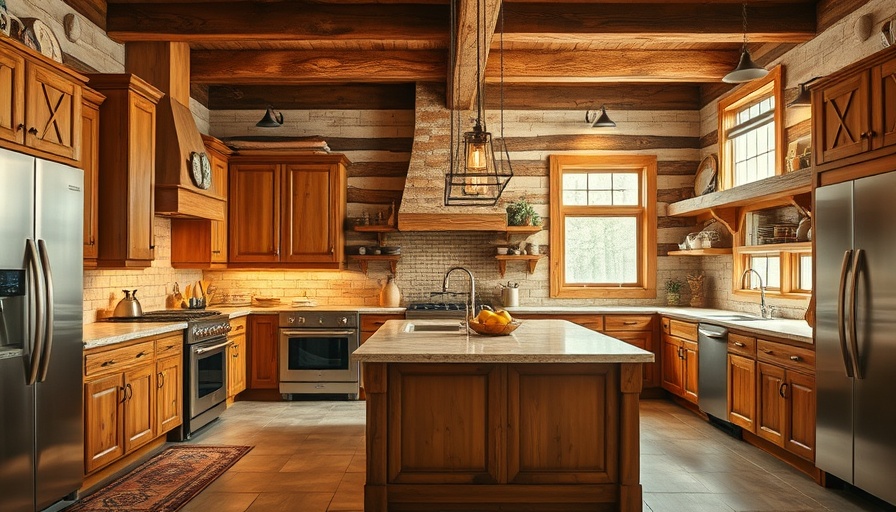
An Unexpected Surge: Lumber Prices on the Rise
As of March 14, 2025, the price of lumber futures has soared to over $664 per thousand board feet, marking the highest price seen in nearly 30 months. This surge reflects not only supply chain challenges but also the broader economic implications surrounding tariff changes initiated by the previous administration. Homeowners in urban and suburban California, who are contemplating remodeling or new construction, have entered a precarious phase where timing and budgeting play critical roles.
The Impact of Tariffs on Lumber Prices
Since the onset of tariffs on goods from Canada and Mexico, the lumber market has been engulfed in uncertainty. According to wood-market consultant Russ Taylor, “Every day there’s a new interpretation of what Trump will do next.” This ambiguity has led U.S. builders to resort to stockpiling lumber and adjusting their sourcing strategies to rely more heavily on American-grown wood. While this pivot has its merits, it is not without concern; the U.S. currently imports about 30% of its softwood lumber, and domestic manufacturers struggle to meet current demand without price hikes.
Should You Build in 2025?
For those in the construction business, building must continue despite rising lumber prices. However, for individual DIYers, careful consideration is crucial. Factors such as project scope, timeline, and budget flexibility will determine whether now is the right time to begin a construction project. Notably, lumber suppliers often purchase stock months in advance, meaning immediate price surges may not be reflected right away.
Historical Context: How Did We Get Here?
Reflecting on the past few years, lumber prices have experienced extreme volatility, primarily due to pandemic-related disruptions. In 2020, costs skyrocketed, with plywood reaching $80 a sheet as home renovations surged during lockdowns. Today, similarly unstable dynamics are at play, fueled by an ongoing pandemic recovery, interest rate hikes, and supply interruptions exacerbated by natural disasters like wildfires.
Economic Pressures Looming Ahead
Looking ahead, proposed tariffs threaten to exacerbate an already delicate situation. Industry predictions suggest lumber prices may rise by a minimum of 6% as the supply chain grapples with mounting costs. Notably, labor shortages driven by changes in immigration policies also pose a concern, further complicating construction timelines and budgets. Cost-effective procedures may be overshadowed by rising wages and limited workforce availability.
Practical Insights for Homeowners
California homeowners contemplating new builds or renovations should take proactive steps to anticipate rising costs. Begin by solidifying your budget, exploring financing options, and engaging with builders to get quotes that account for current market conditions. Have important questions ready, such as materials sourcing and payment timelines, and be prepared for the possibility of higher prices later in the year.
Taking Action: What Are Your Next Steps?
For those considering construction projects, timing is essential given the projected cost increases. Locking in plans now could save you significant amounts before the anticipated rise in lumber prices impacts retail costs. Make your move by developing clear project goals and finding reliable builders who can help navigate these complexities.
Call to Action: If you’re ready to dive into a building project, consult with experts who can help clarify your options. Check out resources available for homeowners looking for support.
 Add Row
Add Row  Add
Add 




Write A Comment